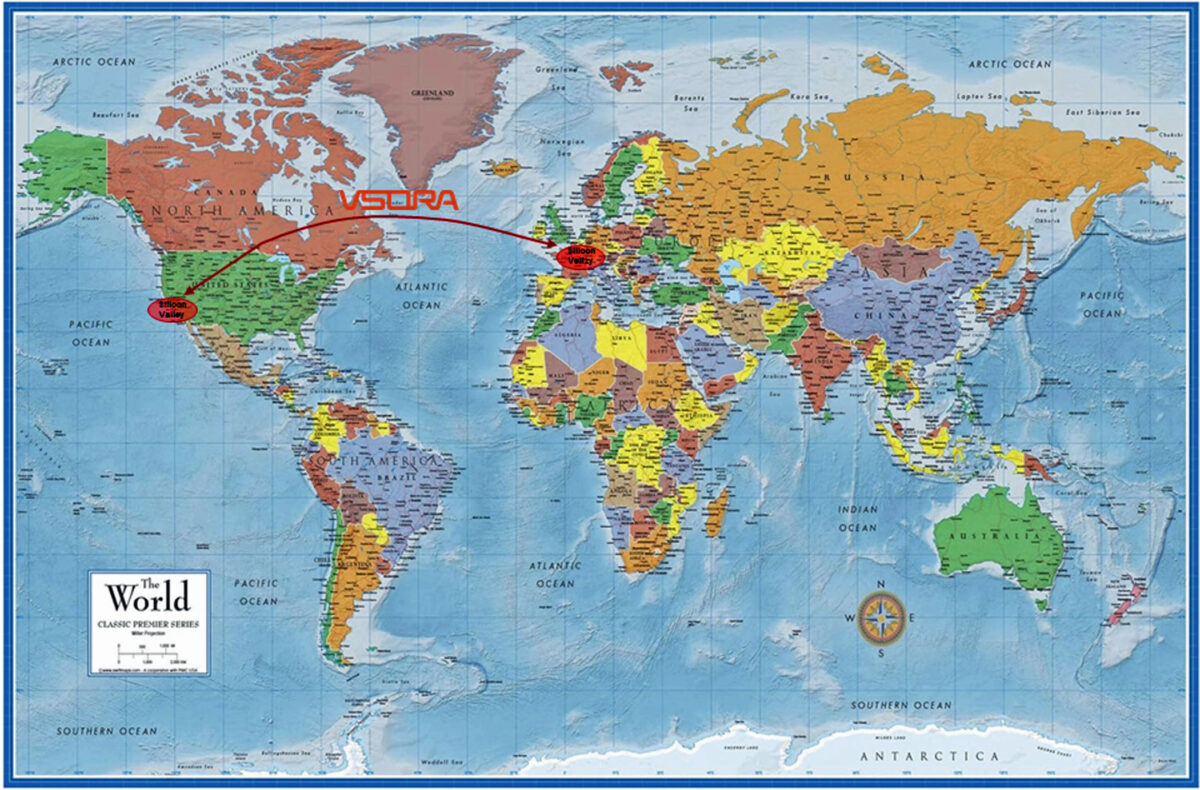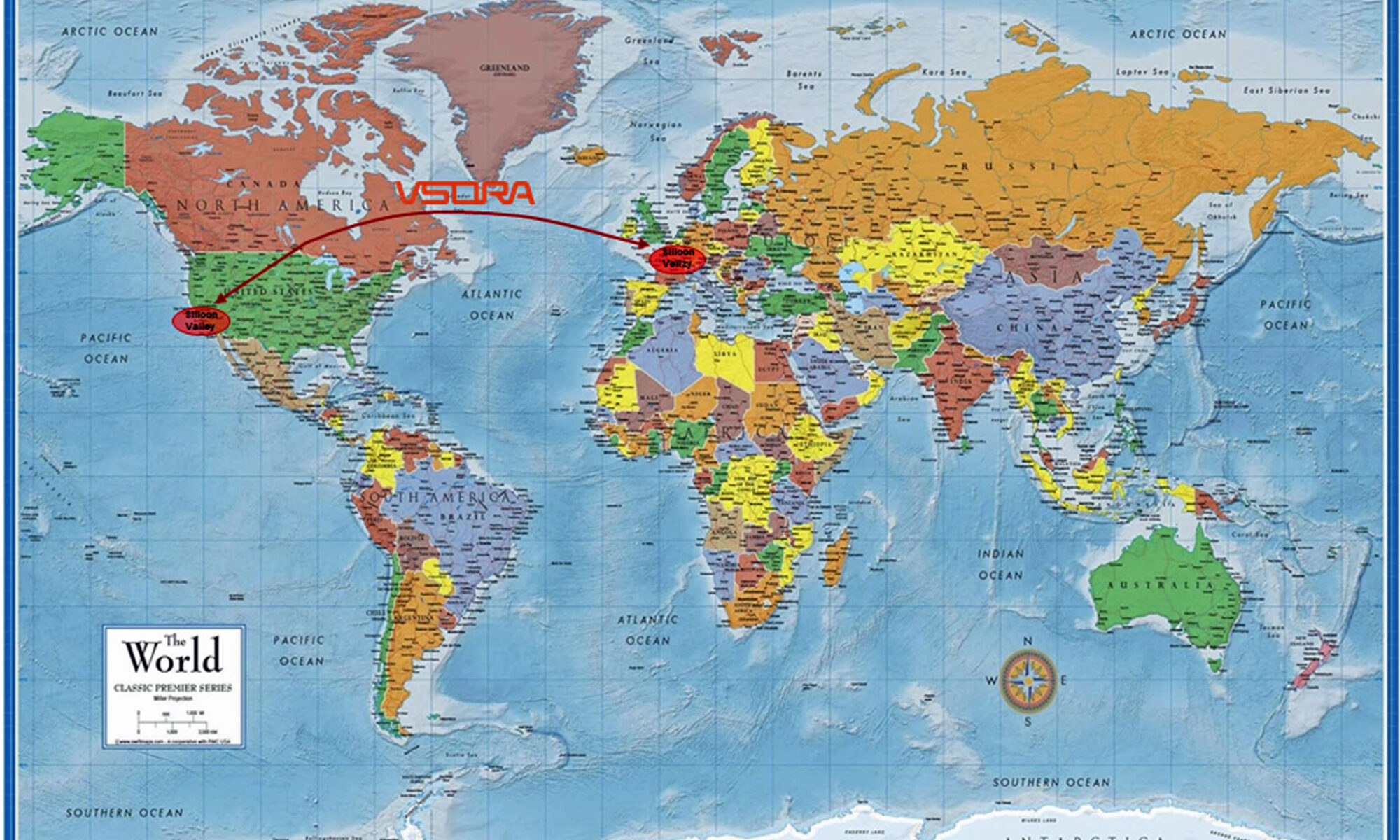
Since the fall of the Roman Empire, France has played a defining role in shaping Western civilization. In the 9th century, Charlemagne—a Frank—united much of Europe under one rule, leaving behind a legacy so profound he is still remembered as the “Father of Europe.” While Italy ignited the Renaissance, it was 16th-century France that carried its torch across the continent, elevating the arts and laying the groundwork for broader cultural transformation.
The Age of Enlightenment and the subsequent Age of Reason, both rooted in French intellectual movements, revolutionized thinking across philosophy, science, and governance. The French Revolution helped dismantle aristocratic privilege and paved the way for the rise of the bourgeoisie. Even Napoleon, despite the chaos he unleashed across Europe, gifted the world the Napoleonic Code—an enduring foundation for modern legal systems.
In every domain—from science to medicine, philosophy to administration—France has left a deep and lasting imprint on the modern world.
So what happens when French intellectual rigor meets the fast-paced ecosystem of Silicon Valley?
That question was answered—quietly but impactfully—by a French disrupter headquartered in Velizy, just outside Paris. With no presence in the United States and no built-in connections to the Valley’s tightly knit circles, the company, VSORA, could have easily been left behind. But instead, it charted its own path—and in doing so, emerged as the only viable European competitor in the AI processors landscape.
Silicon Valley is a unique environment. It’s a place where innovation buzzes in the air, where information flows freely—not in the form of stolen secrets, but through subtle signals: a parking lot that suddenly gets packed, alerting you that something is happening, a recruiter’s call to pitch new job openings, a whisper at a coffee shop. It’s a network-driven ecosystem that rewards proximity and speed. Simply being there can offer a six-month head start compared to companies based overseas, who rely on trade publications and conferences to stay informed.
This constant, near-invisible stream of information means that companies in the Valley evolve together—each pivot triggering a cascade of similar moves by competitors. Keeping up isn’t optional. It’s survival.
And yet, VSORA managed to not only keep up but lead—despite operating 5,000 miles away. How? By staying true to its own process of innovation. Without the distraction of Silicon Valley’s echo chamber, the engineers in France developed a breakthrough hardware architecture to accelerate AI inference in data centers and at the edge that set them apart.
Ironically, it was their outsider status that became their strength.
However, recognizing the importance of proximity to the U.S. market and the advantages of the Valley’s information network, VSORA is anticipating the opening of a design center in Silicon Valley to provide the company with a critical foothold in the region while preserving its basic engineering in France.
The result: a hybrid model that leverages the best of both worlds.
But managing transatlantic teams comes with challenges. With a nine-hour time difference, coordinating workflows demands more than just good intentions. By adopting a range of collaborative tools, such as instant messaging, conference calls for complex discussions, wikis for shared documentation, and periodic in-person meetings VSORA plans to strengthen team cohesion and aligns strategic goals.
Technology can bridge time zones, but it cannot replace trust and shared purpose. And it certainly can’t replicate the magic of Silicon Valley—unless you know how to channel it from afar.
VSORA’s story shows that with discipline, vision, and a bit of French-inspired finesse, it’s possible not just to compete with Silicon Valley from the outside—but to thrive, lead, and even shape it.
Since the fall of the Roman Empire, France has played a defining role in shaping Western civilization. In the 9th century, Charlemagne—a Frank—united much of Europe under one rule, leaving behind a legacy so profound he is still remembered as the “Father of Europe.” While Italy ignited the Renaissance, it was 16th-century France that carried its torch across the continent, elevating the arts and laying the groundwork for broader cultural transformation.
The Age of Enlightenment and the subsequent Age of Reason, both rooted in French intellectual movements, revolutionized thinking across philosophy, science, and governance. The French Revolution helped dismantle aristocratic privilege and paved the way for the rise of the bourgeoisie. Even Napoleon, despite the chaos he unleashed across Europe, gifted the world the Napoleonic Code—an enduring foundation for modern legal systems.
In every domain—from science to medicine, philosophy to administration—France has left a deep and lasting imprint on the modern world.
So what happens when French intellectual rigor meets the fast-paced ecosystem of Silicon Valley?
That question was answered—quietly but impactfully—by a French disrupter headquartered in Velizy, just outside Paris. With no presence in the United States and no built-in connections to the Valley’s tightly knit circles, the company, VSORA, could have easily been left behind. But instead, it charted its own path—and in doing so, emerged as the only viable European competitor in the AI processors landscape.
Silicon Valley is a unique environment. It’s a place where innovation buzzes in the air, where information flows freely—not in the form of stolen secrets, but through subtle signals: a parking lot that suddenly gets packed, alerting you that something is happening, a recruiter’s call to pitch new job openings, a whisper at a coffee shop. It’s a network-driven ecosystem that rewards proximity and speed. Simply being there can offer a six-month head start compared to companies based overseas, who rely on trade publications and conferences to stay informed.
This constant, near-invisible stream of information means that companies in the Valley evolve together—each pivot triggering a cascade of similar moves by competitors. Keeping up isn’t optional. It’s survival.
And yet, VSORA managed to not only keep up but lead—despite operating 5,000 miles away. How? By staying true to its own process of innovation. Without the distraction of Silicon Valley’s echo chamber, the engineers in France developed a breakthrough hardware architecture to accelerate AI inference in data centers and at the edge that set them apart.
Ironically, it was their outsider status that became their strength.
However, recognizing the importance of proximity to the U.S. market and the advantages of the Valley’s information network, VSORA is anticipating the opening of a design center in Silicon Valley to provide the company with a critical foothold in the region while preserving its basic engineering in France.
The result: a hybrid model that leverages the best of both worlds.
But managing transatlantic teams comes with challenges. With a nine-hour time difference, coordinating workflows demands more than just good intentions. By adopting a range of collaborative tools, such as instant messaging, conference calls for complex discussions, wikis for shared documentation, and periodic in-person meetings VSORA plans to strengthen team cohesion and aligns strategic goals.
Technology can bridge time zones, but it cannot replace trust and shared purpose. And it certainly can’t replicate the magic of Silicon Valley—unless you know how to channel it from afar.
VSORA’s story shows that with discipline, vision, and a bit of French-inspired finesse, it’s possible not just to compete with Silicon Valley from the outside—but to thrive, lead, and even shape it.
Also Read:
The Journey of Interface Protocols: Adoption and Validation of Interface Protocols – Part 2 of 2
The Journey of Interface Protocols: The Evolution of Interface Protocols – Part 1 of 2
Beyond the Memory Wall: Unleashing Bandwidth and Crushing Latency
The Double-Edged Sword of AI Processors: Batch Sizes, Token Rates, and the
Hardware Hurdles in Large Language Model Processing
Share this post via:








Quantum Computing Technologies and Challenges